Table of Contents
Kalamkari Painting – An Exquisite Art of India
The lady unfurled one saree after another, each one of them embellished with exquisite and colorful designs that were a feast for the eyes. Soon the room was covered with sarees of myriad colors and designs, each one seemed to be vying with each other to catch our attention. Most Indian readers are sure to experience a sense of deja vu reading these lines as this is a common scene when one sets out to shop for sarees in India. But what differentiated this from your routine Saree shopping experience was the fact that we were in Srikalahasti, a small town near the famous temple town of Tirupati in the southern state of Andhra Pradesh, India. Srikalahasti is the home of a unique style of hand painting on textiles known as Kalamkari painting. The sarees that were being shown to us were the much sought after Kalamkari Sarees. After buying some of the beautiful sarees that were shown to us at one of the weavers’ homes we made our way to one of the numerous, ‘factories’, that embellish garments with the colorful and vivid Kalamkari painting. We were in Srikalahasti to see and experience Project Sanskriti, a joint endeavor by Andhra Pradesh tourism and Grassroutes Journeys Private Limited.
What Is Kalamkari Painting?
Kalamkari is the art of textile painting by hand or blocks usually on cotton. This type of textile painting is famous in the states of Andhra Pradesh. The distinctive feature of this type of art is that only natural dyes are used in this process. The Kalamkari art prevalent in India is of two distinctive styles that known by the places in which they are prevalent.
These are the Machilipatnam style and the Srikalahasti style. The Srikalahasti style of Kalamkari painting is done entirely by hand using a special pen. ‘Kalam’ in Urdu refers to the pen and hence the genesis of the name Kalamkari which also is a reflection of the Persian connection. This art of Kalamkari found patronage from the Sultans of the Golconda region and hence the name. The Machilipatnam style of Kalamkari paintings is done with the use of block prints. This type of art is also known as Pedana Kalamkari after a small town named Pedana near Machilipatmam where it is prevalent. This style too uses natural vegetable dyes which are imprinted on cloth with wooden blocks. The Kalamkari painting involves as many as 23 different steps from start to finish.
The Srikalahasti style of Kalamkari painting focuses on the painting of various Hindu Gods and Goddesses and scenes from Hindu mythology like the Puranas, Ramayana, and Mahabharata. This seems natural considering the presence of many grand and famous temples in the vicinity which has fueled the proliferation of different arts including Kalamkari painting and the wood carving of Madhavmala.
Watch our Kalamkari Painting video to get an idea of how it is done:
History Of The Art of Kalamkari Painting
India is a land that has seen diverse cultures that have left their indelible imprint in the form of a rich heritage of art, architecture, fine art. The rich heritage is visible in different forms, be it dance, music, carving, weaving, handlooms, and much more. In terms of textiles to India has been historically a hub of the world with textiles making way to the faraway coasts of Europe and Egypt. Be it Ahmedabad which was known as the Manchester of India for its cotton textiles or Kanchipuram and Varanasi for their exquisite silk cloth, India has always had a vibrant textile industry. One of the exquisite forms of cloth painting is the Kalamkari art which was encouraged and given patronage by the Golconda Sultans.
In ancient times Kalamkari was known by the name Pattachitra which is a name that still survives for a similar art form in the state of Odisha and other states of India as well as the neighboring county of Nepal. The evolution of the Kalamkari painting can be traced to the time when groups of musicians, storytellers, as well as artists called Chitrakars or painters moved around villages telling the stories of the ancient Hindu mythologies. The Chitrakars gave a visual form to these enchanting stories with their skills of painting. With the use of available natural dyes extracted from plants, they brought alive the scenes on pieces of canvas in an impromptu manner. The inspiration for these were, of course, the various reliefs and panels that embellish the ancient temples of India. The Kalamkari style found much favor with the Golconda sultans and reached its zenith during their time. The beautiful art of Kalamkari painting has been now around for more than 3,000 years.
Hands-On Experience Of Kalamkari
We were in the temple town of Srikalahasti to experience first hand the exquisite art of Kalamkari painting and understand how it was done.
As we climbed the narrow stairs to the first floor of a 3-storey building a strange and somewhat unpleasant smell assailed our nostrils. It seemed vaguely familiar but we could not place it. On the terrace of the first floor, long cream-hued clothes were hung to dry. We entered a room where some ladies sat on the floor bent over short tables. They had cotton clothes spread out in front of them on which they dexterously drew free-hand designs using a small bamboo stick with fine hair attached that served as a brush. They dipped this brush frequently in fermented jaggery water as they skilfully shaped the basic design of what would eventually emerge as a colorful and vibrant piece of Kalamkari art.
The visit to this place where the magic of the fascinating Kalamkari painting was woven was also like a Kalamkari paintings tutorial for us, so naturally, we tried our hand at this step of Kalamkari painting too with fairly satisfying results.
The next floor was where the actual painting would be done. Here too we found a few ladies bent with full concentration over long clothes spread out in front of them. The design which had been imprinted in the earlier step on the first floor were being filled with color meticulously here. The ladies dipped the Kalam or brush in vegetable dyes which were of different colors based on the design on which they were working and filled color into the plain design on the cloth. The task required full concentration as well as the precision and was by no means an easy task. It also required lots of patience and time. Again we tried our hand at coloring the free-hand designs too and really enjoyed the hands-on experience of Kalamkari painting.
We learned that the cloth is first soaked in buffalo milk and chemical astringents before it is taken up for painting. So it was the smell of the buffalo milk emanating from the drying clothes that we had experienced when we first entered the place. We were told that dyes used are natural vegetable dyes and obtained from different plants, seeds, and flowers.
Kalamkari Art In Modern Times
Today Kalamkari art has emerged from the confines of villages and temples to occupy a place in the Haute Couture of the country as well as internationally. The ancient Kalamkari painting too has undergone changes in the modern era and modern designs can also be seen. The traditional and authentic methods of Kalamkari Painting would take anything between 3-4 days to complete one saree while the introduction of modern methods including digitization, screen printing and the use of chemical dyes can do this within an hour or so. The families who are working to sustain the authentic and traditional form of the Kalamkari art are having their work cut out for them. Today Kalamkari art can be seen on sarees, Kurtas, wall hangings, and much more. There is a craze for Kalamkari silk sarees, Kalamkari designer dresses, designer Kalamkari sarees, Kalamkari dresses, Kalamkari carpets, Kalamkari tablecloth, Kalamkari block print sarees, and other Kalamkari textiles. So much so one is also able to buy Kalamkari sarees online too.
Make sure to buy authentic Kalamkari apparel and not the mass-produced commercial ones which use chemicals rather than organic vegetable dyes. This will help in sustaining an ancient art, which is an integral part of India’s rich heritage.
How To Get To Srikalahasti
If you want to experience the world of Kalamkari then head over to Srikalahasti which is a town in Andhra Pradesh that is famous for its Shiva temple, Srikalahasteeshwara which has a Vayu Linga as the prime deity and is one of the Panchabhoota Sthalams which represents Wind.
- Srikalahasti is about 38 kilometers from Tirupati
- One can easily hire a taxi to go to Srikalahasti from Tirupati
- Hyderabad to Srikalahasti distance is about 550 kilometers
- Chennai to Srikalahasti distance is about 116 kilometers
- The nearest airport from Srikalahasti is Tirupati Airport at a distance of about 37 kilometers
Have you heard about the art of Kalamkari Painting? Have you ever done Kalamkari sarees online shopping? We would urge you once again to buy the authentic Kalamkari fabrics from the artisans, this will help in the sustenance of this rare art for years to come. We hope you liked our Kalamkari Painting blog post, do provide your inputs through the comments section.
Thanks for visiting our site Voyager – imvoyager.com and taking the time to read this post!
If you wish to collaborate/work with us then reach us at [email protected]
Do You Love Traveling?
Do you want to know how to travel the world? We have put together a very useful travel resources page with best travel tips. Go check it out now.
Thanks for visiting our site Voyager – imvoyager.com and taking the time to read this post!
If you wish to collaborate/work with us then reach us at [email protected]
We’d love if you’d comment by sharing your thoughts on this post and share this post on social media and with your friends.
[shareaholic app=”share_buttons” id=”27413782″]
Follow our journey on our social media channels:
Facebook Twitter Instagram Pinterest G+ YouTube
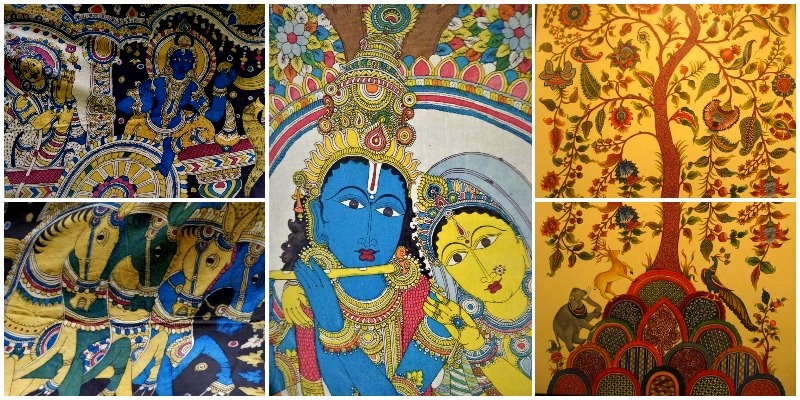
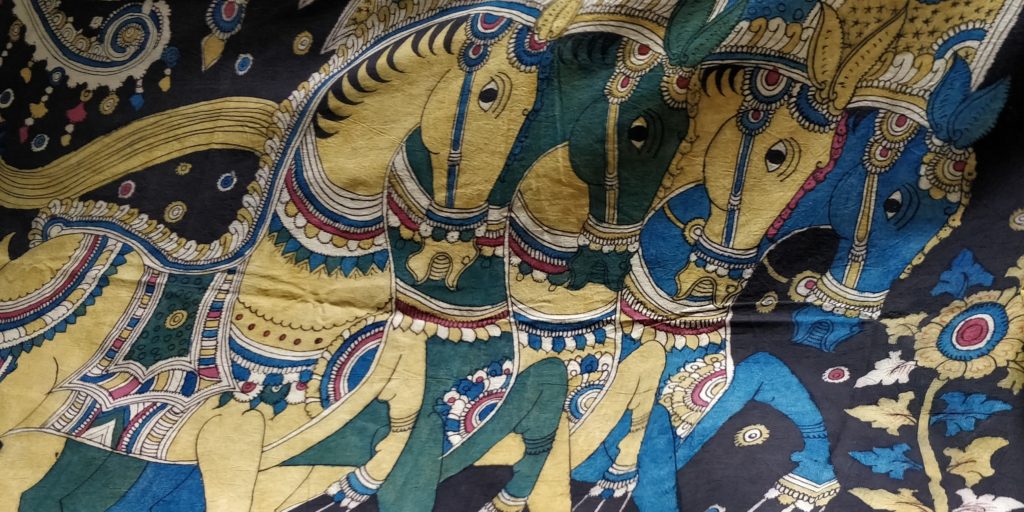
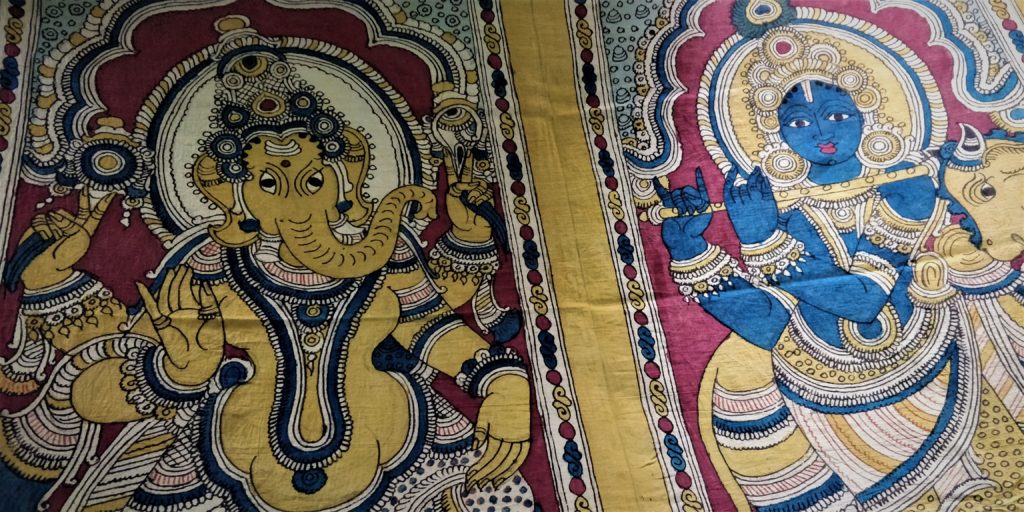
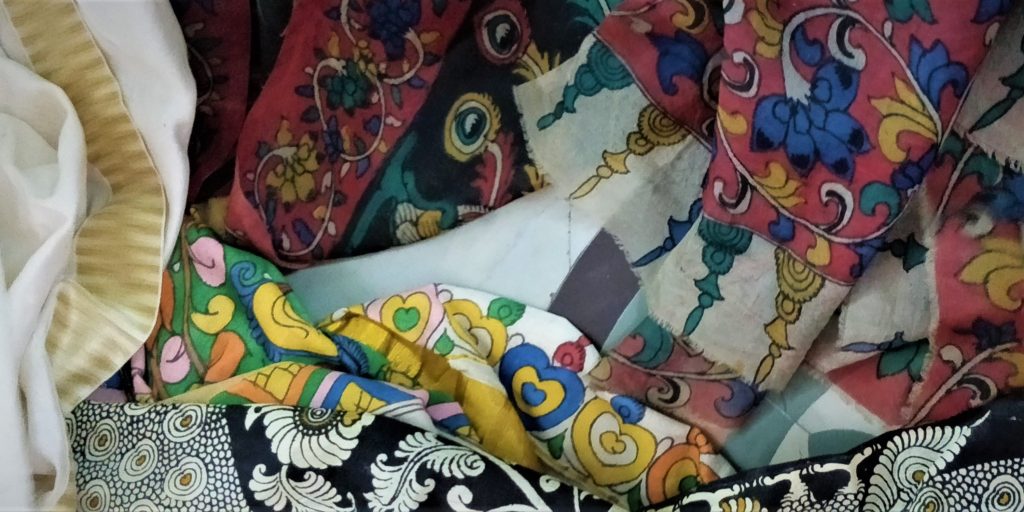
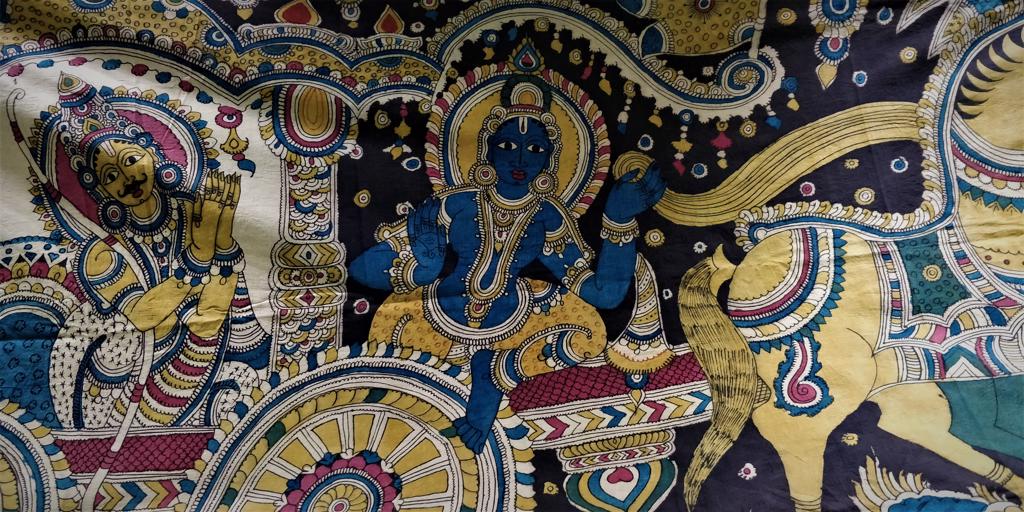
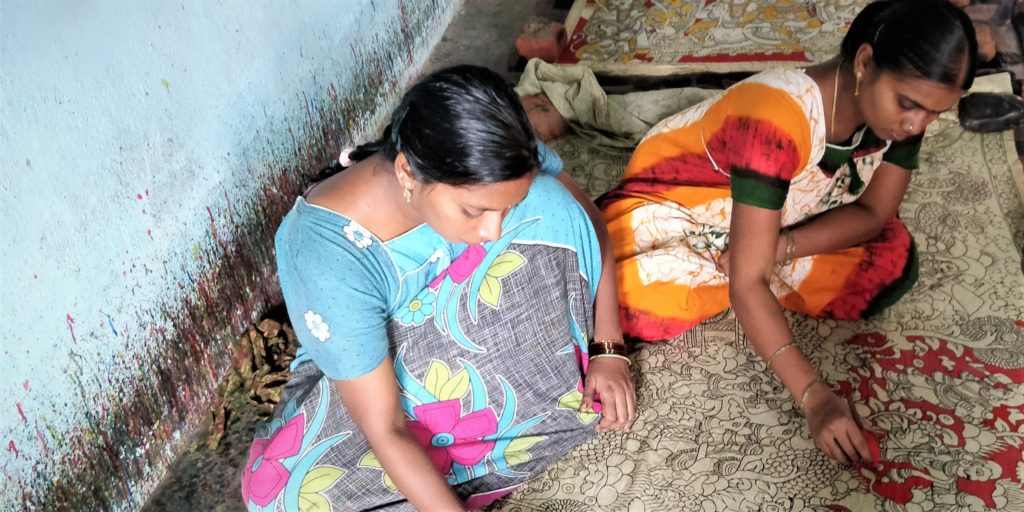
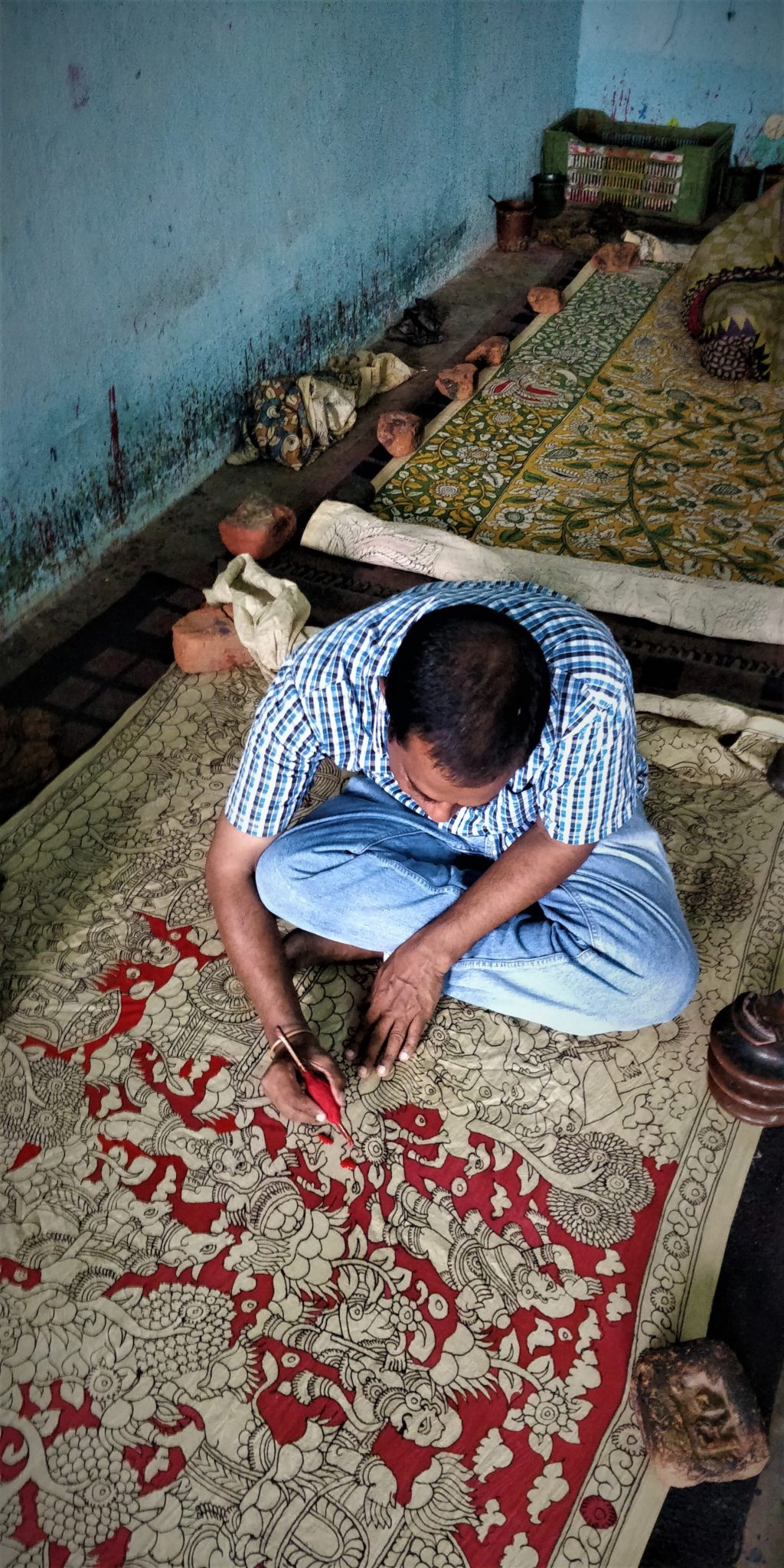
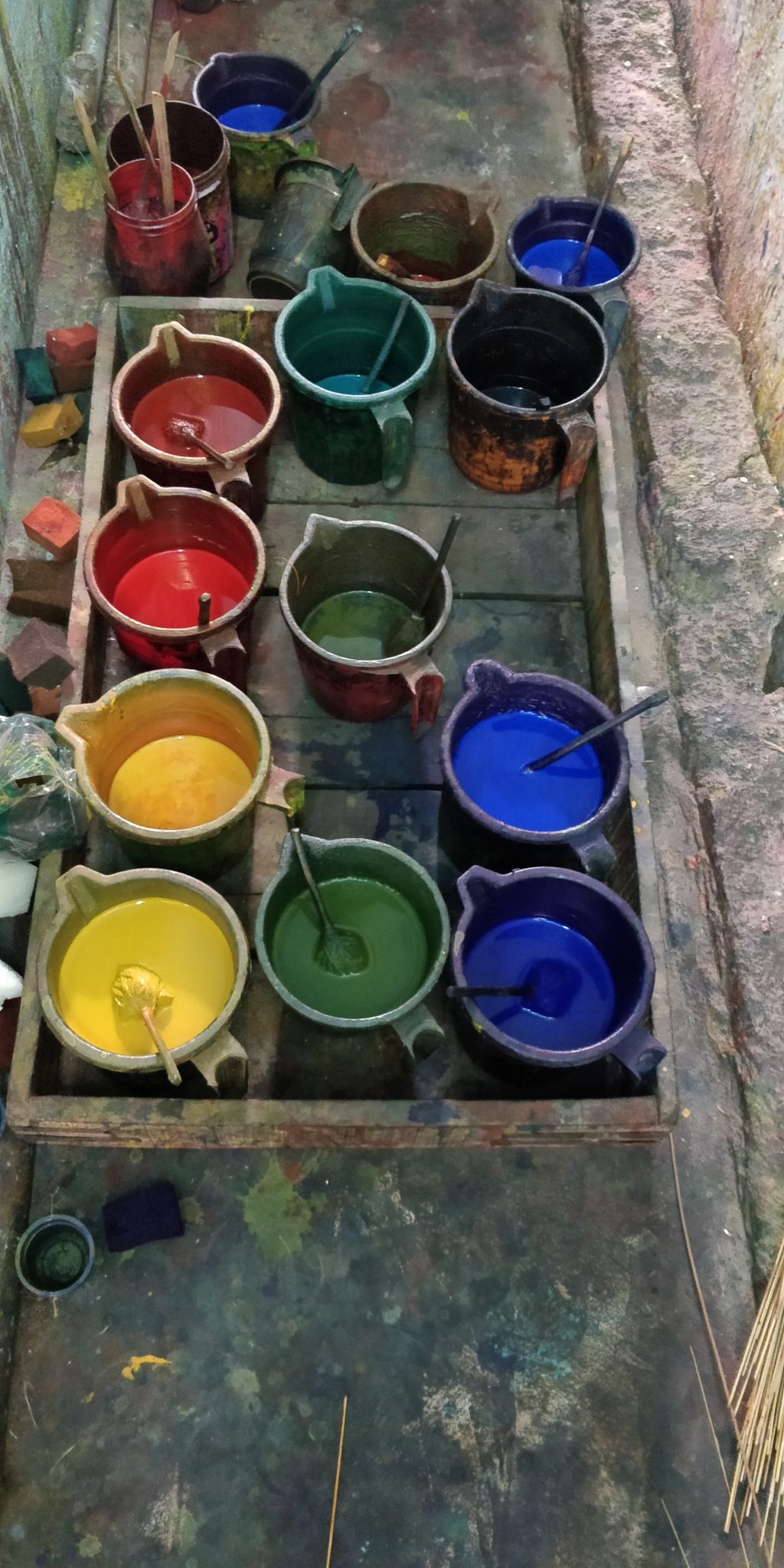
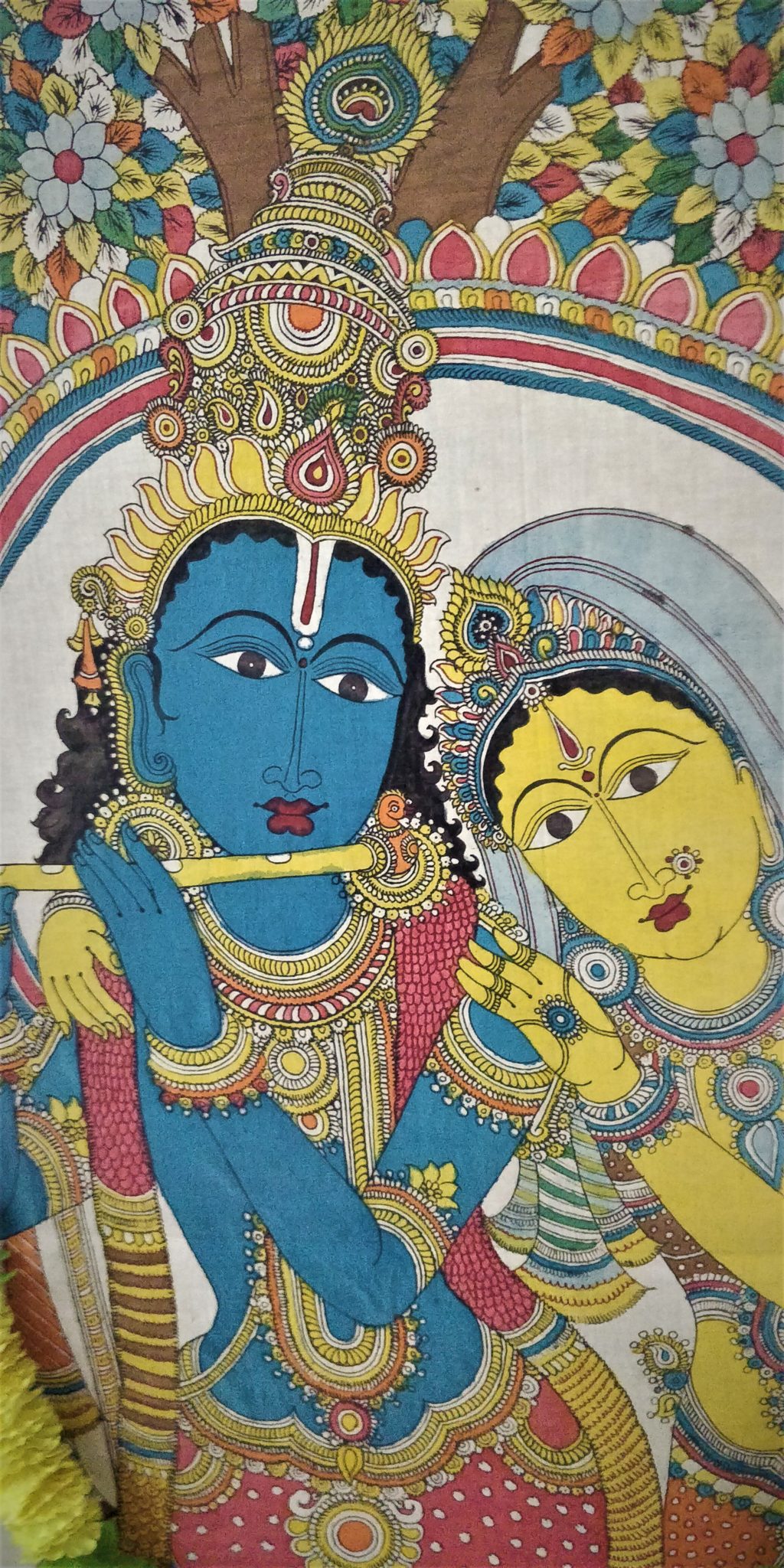


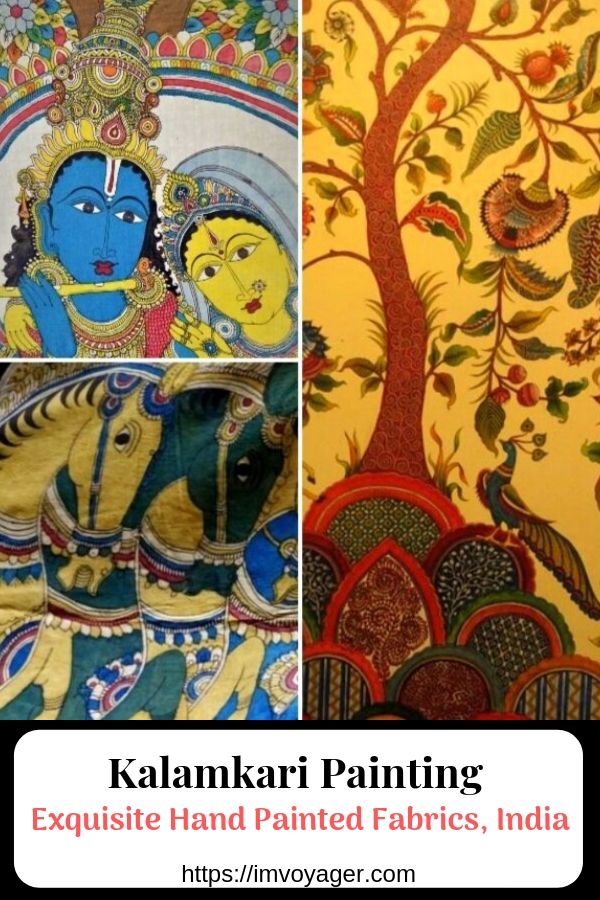


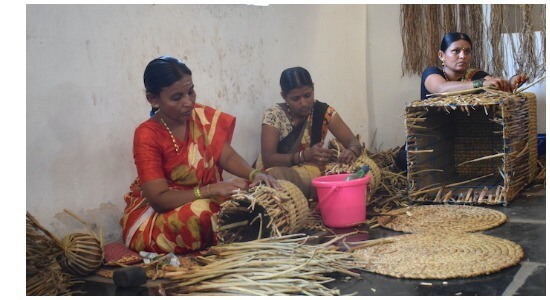
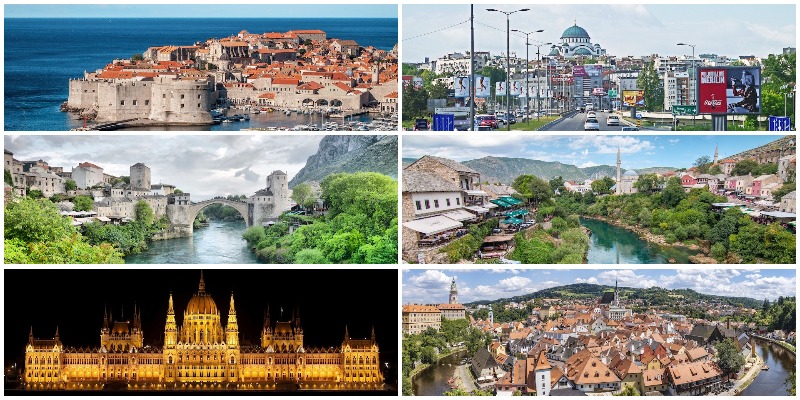
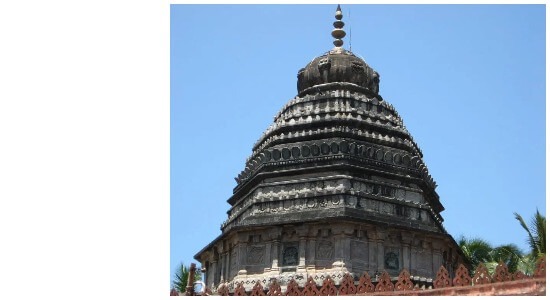
Good to know about this lovely art work.
I am a huge fan of kalamkari painting form. They are just spectacular and filled with details. Thanks for sharing this insightful information
I am very much aware of the mentioned things as my mother too is into block printing only and more.
Nice! I’m also a woodcarving fan!